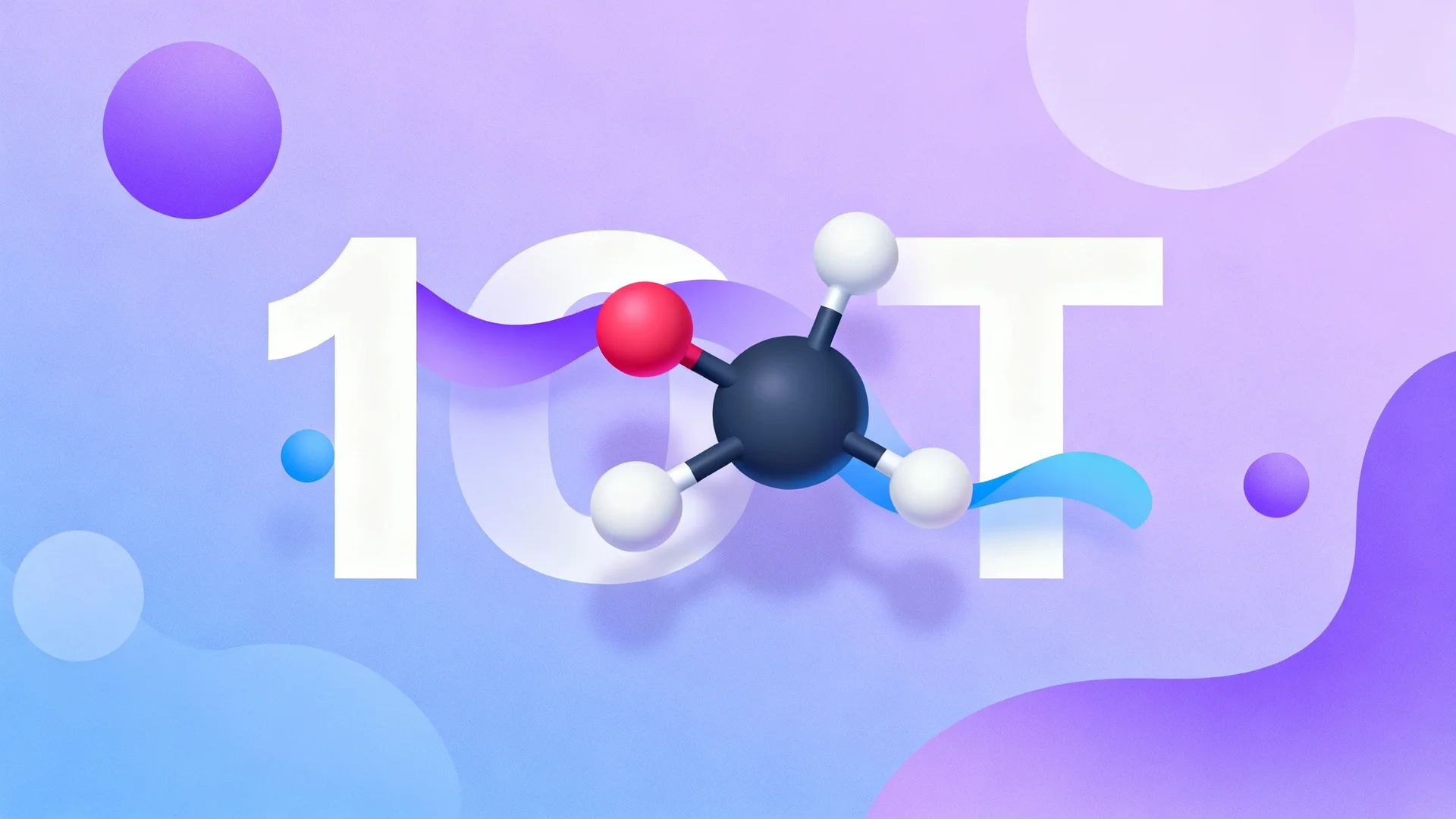
Loading...
Checking authentication...
Practice your pronunciation with interactive games and challenges.
Start PlayingOver the last two decades, Atomoxetine has grown from a lesser-known therapeutic agent to a noteworthy option for individuals seeking alternatives to traditional stimulant-based ADHD treatments. Unlike many medications that have undergone numerous modifications, Atomoxetine remains harmoniously effective by targeting norepinephrine pathways in the brain. Its acceptance into modern therapeutic regimens highlights a broader shift towards personalized and neurodiverse-friendly treatments in today’s healthcare system.
This shift mirrors trends in other fields, where innovation is balanced with respect for traditional practices. Just as artisanal foods are rediscovered in a modern context, Atomoxetine has reemerged as a safe and effective tool in managing ADHD symptoms. For language learners, exploring the pronunciation and history of such unique terms can provide a nuanced understanding of modern medical language. To improve your pronunciation skills, check out our Pronunciation Guide for Atomoxetine .
Modern medicine thrives on a confluence of scientific research and clinical expertise, and Atomoxetine is no exception. Researchers have lauded its targeted approach and its relatively stable profile over time. Clinical studies, especially those from the early 2000s, have consistently shown that Atomoxetine can benefit patients by reducing impulsivity and improving attention spans, while minimizing the risks associated with stimulant medications.
"Atomoxetine represents a breakthrough in ADHD treatment, especially for those who experience adverse effects with stimulant medications," says Dr. Elaine Mercer, a leading psychiatrist specializing in ADHD management. "Its modern relevance lies not only in its clinical efficacy but also in the way it connects us to a broader understanding of neurochemical diversity."
As research continues to forge new paths in mental health treatments, Atomoxetine remains a focal point for discussions on patient-centered care. For those interested in both the medicine and its pronunciation, our community offers a Video Guide on How to Pronounce Atomoxetine , merging scientific insight with linguistic clarity.
For many English learners and language enthusiasts, the challenge lies in mastering the pronunciation of scientific and medical terms. Atomoxetine, often encountered in clinical discussions and academic texts, provides an excellent case study for bridging language and modern healthcare. Let’s explore a few practical strategies to enhance your pronunciation skills:
Did you know? Studies have shown that consistent practice with segmented pronunciation can boost your confidence when tackling even the most complex words.
Imagine you’re attending a medical conference where specialists discuss various ADHD treatment options. A panelist emphasizes the benefits of Atomoxetine as an effective, non-stimulant option. Not only do you need to grasp the clinical efficacy of the medication, but you also want to ensure you pronounce it correctly during a follow-up conversation with a healthcare provider.
By employing the strategies mentioned above, you confidently approach the expert and say, "I recently read about Atomoxetine and its innovative role in ADHD management." Your clear and precise pronunciation opens the door to engaging and insightful dialogue, bridging the worlds of medicine and linguistics.
In the rapidly evolving landscape of modern language and healthcare, terms like Atomoxetine serve as a fascinating convergence point. They remind us that language is dynamic, continuously shaped by advancements in various fields, from neuroscience to cultural studies. Embracing modern terms not only enriches our vocabulary but also deepens our understanding of how scientific breakthroughs impact everyday language.
This exploration encourages language enthusiasts to think beyond traditional linguistic confines and embrace interdisciplinary learning. Whether you’re a student of language, a healthcare professional, or simply curious about contemporary trends, understanding the nuances of terms like Atomoxetine can offer unexpected insights into our rapidly changing world.
As you refine your pronunciation and expand your vocabulary, consider how modern innovations in medicine influence the words we use. How does a term born from scientific research become a cultural touchstone over time? This reflection not only broadens your linguistic horizon but also invites you to actively participate in the dialogue between science and language.
Atomoxetine may have started its journey as a clinical term, but its modern relevance and linguistic intrigue make it much more than a mere medication name. It is a testament to the evolving nature of language and the undeniable impact of contemporary science on our everyday communication.
We invite you to take a closer look at the word, its pronunciation, and its role in modern medicine. Whether you’re navigating a medical conference or simply broadening your academic horizons, be inspired to integrate interdisciplinary insights into your language journey.
Reflection: How do terms from specialized fields, like Atomoxetine, influence the way we communicate in everyday life? Share your thoughts and experiences as you continue to explore the fascinating intersections of language, culture, and modern science.